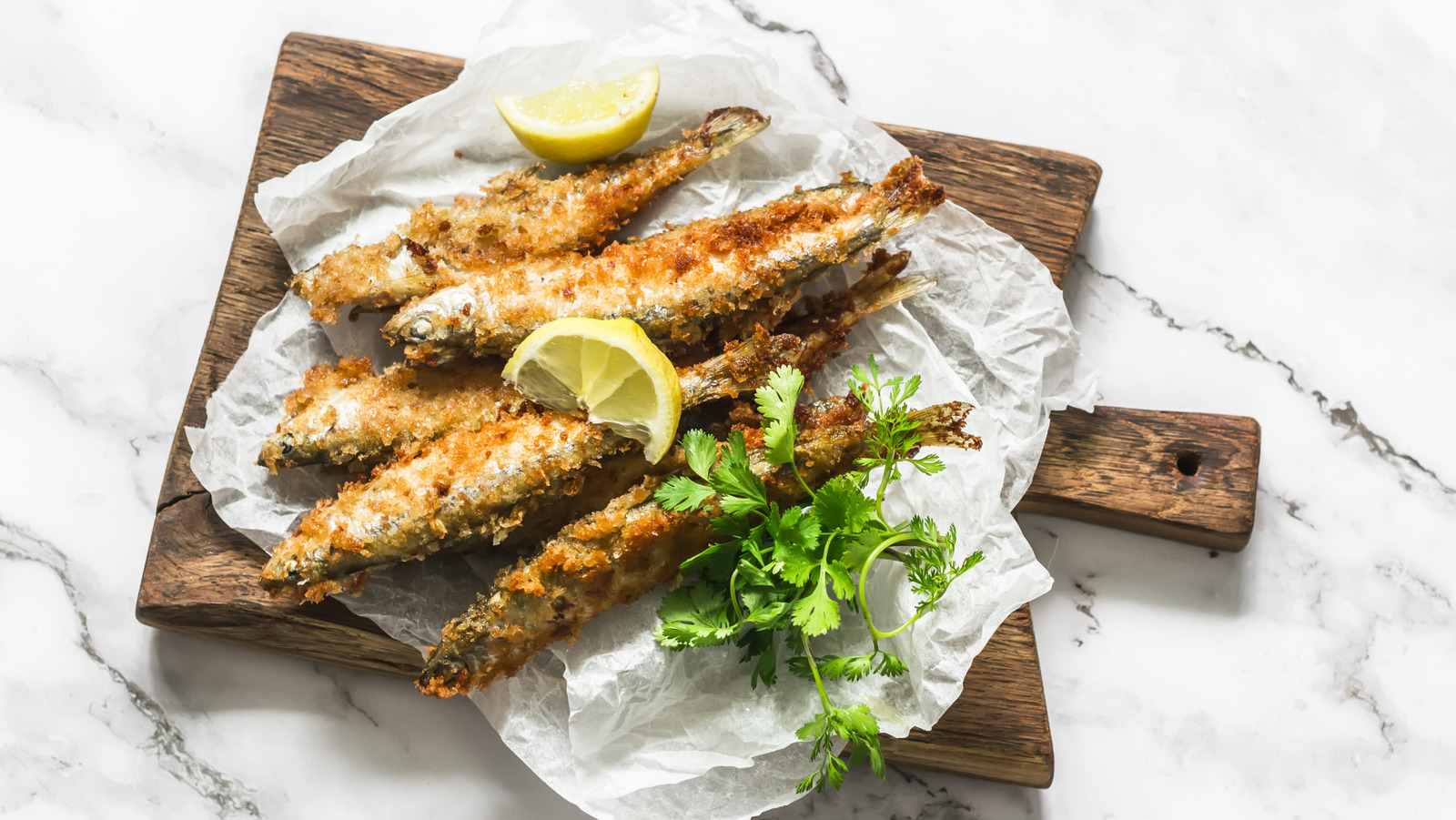
"You spend a good chunk of time either meticulously plucking them out before cooking or anxiously going through the meat later on, wondering what happens if you accidentally eat a fish bone. No matter what, it's generally an unpleasant, time-consuming, and unfortunately, unskippable process - unless it's smelt fish you're eating. Minimum effort goes a long way with this fish, and that includes skipping right over the much-dreaded deboning."
"At the fish market, you can easily spot smelt fish from their sleek and slender, roughly 6-inch-long bodies, gleaming with a silver sheen. This freshwater variety is native to the Northern Hemisphere, often found in the Atlantic and Pacific oceans - more specifically, in the areas of Lakes Michigan and Superior. Their spawning season is in April, when you can catch them with dip-nets by using lights to lure them into shallow streams during the night."
Smelt are small, slender freshwater fish about six inches long with a silver sheen. They inhabit northern Atlantic and Pacific waters and are commonly found in Lakes Michigan and Superior. Spawning occurs in April, when dip-nets and lights lure them into shallow streams at night. Smelt emit a fresh, cucumber-like scent and have subtle, sweet, buttery flavor with fall-apart tender flesh. Their bones soften when cooked, allowing the whole fish, including head and tail, to be eaten. Frying is a popular preparation: dredge in batter, then deep-fry or pan-fry in batches for a crispy exterior and tender interior.
Read at Tasting Table
Unable to calculate read time
Collection
[
|
...
]